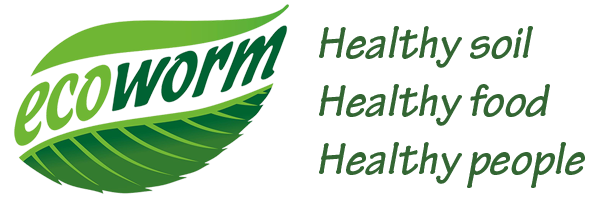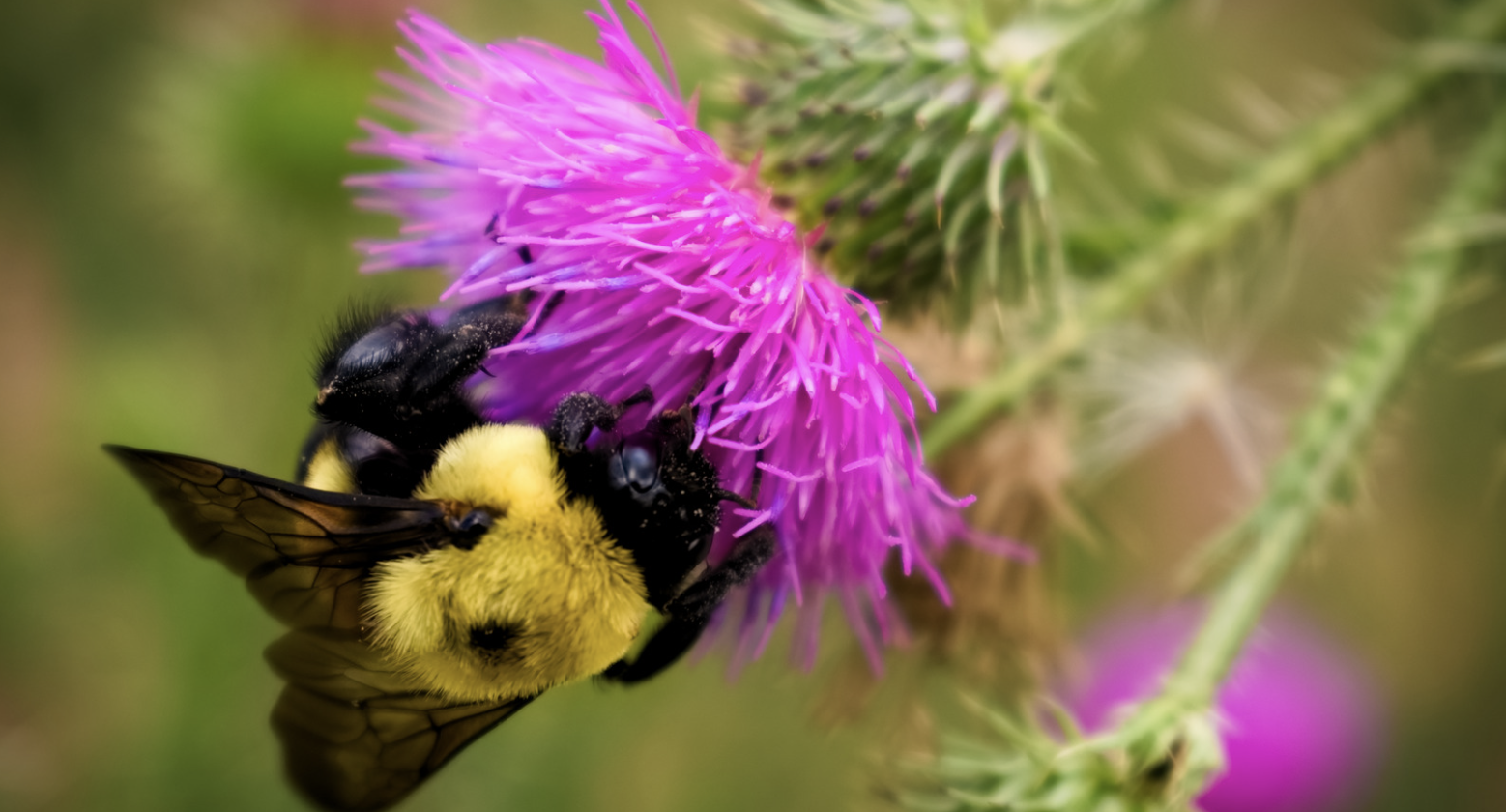As gardeners, we often focus on the beauty of our plants and the bounty they produce. But did you know that many of our favorite fruits, vegetables, and flowers rely on pollinators like bees, butterflies, and hummingbirds for their success? These incredible creatures play a vital role in our ecosystems, and by creating a pollinator-friendly garden, we can help support their populations while enhancing our own gardening experience.
Why Are Pollinators Important?
Pollinators are essential for the reproduction of many plants, including about 75% of the world’s flowering plants and 35% of our food crops. Here are a few key reasons to attract pollinators to your garden:
- Biodiversity: Healthy pollinator populations support a diverse range of plant species, which in turn benefits the entire ecosystem.
- Food Production: Pollinators contribute to the production of fruits, nuts, and vegetables that we rely on for nutrition.
- Aesthetics: Pollinators, especially butterflies and hummingbirds, add beauty and life to gardens, making them more vibrant and enjoyable spaces.
Best Plants to Attract Pollinators
Different regions have different climate conditions and native plants, so let’s explore some of the best plants to attract pollinators in various areas of the U.S.:
1. Northeast
- Coneflower (Echinacea): These sturdy perennials are not only beautiful but also attract butterflies and bees.
- Bee Balm (Monarda): With its vibrant flowers and minty scent, bee balm is a favorite among hummingbirds and bees.
2. Southeast
- Milkweed (Asclepias): This is the host plant for monarch butterflies, providing food for their caterpillars.
- Black-eyed Susan (Rudbeckia): A staple in many gardens, these cheerful flowers attract a variety of pollinators.
3. Midwest
- Purple Coneflower (Echinacea purpurea): Great for attracting butterflies, these are also drought-tolerant once established.
- Goldenrod (Solidago): A late bloomer that provides nectar for pollinators in the fall when other flowers are scarce.
4. West
- California Poppy (Eschscholzia californica): This beautiful wildflower attracts bees and butterflies while thriving in dry conditions.
- Lantana: Known for its vibrant clusters of flowers, lantana is a favorite among butterflies and hummingbirds.
5. Southwest
- Agastache (Hyssop): This fragrant perennial attracts hummingbirds and bees, and it comes in various colors.
- Desert Marigold (Baileya multiradiata): This hardy plant blooms beautifully in arid conditions and attracts a variety of pollinators.
Creating a Pollinator-Friendly Garden
To make your garden a welcoming haven for pollinators, consider the following tips:
- Diverse Planting: Include a variety of flowers that bloom at different times throughout the growing season to provide a continuous food source.
- Native Plants: Incorporate native plants that are adapted to your region and provide the best nutrition for local pollinators.
- Avoid Chemicals: Reduce or eliminate pesticide use, as they can harm pollinators. Instead, opt for organic practices. Consider using Ecoworm Potassium Soap for natural pest control—it’s effective against common pests while being safe for pollinators and the environment. Protect your garden and support vital pollinator populations!
- Provide Habitats: Include elements like bee hotels, butterfly baths, and sheltered areas to attract and support pollinators.
By gardening for pollinators, we not only enhance our gardens but also contribute to the health of our ecosystems. Together, we can create a buzz and make a difference for these essential creatures! 🌼🐝💚


Comments are closed